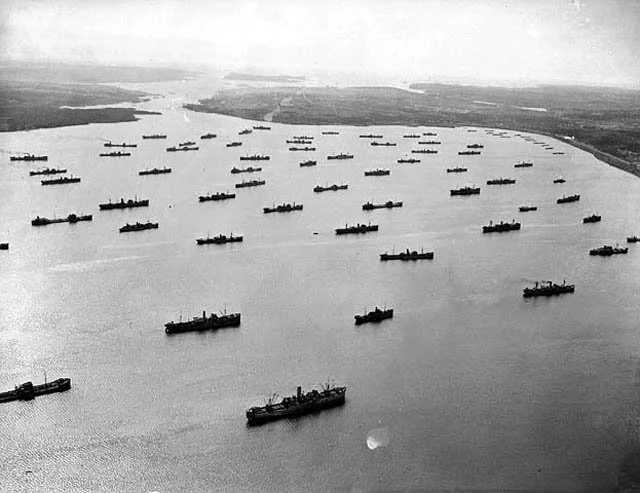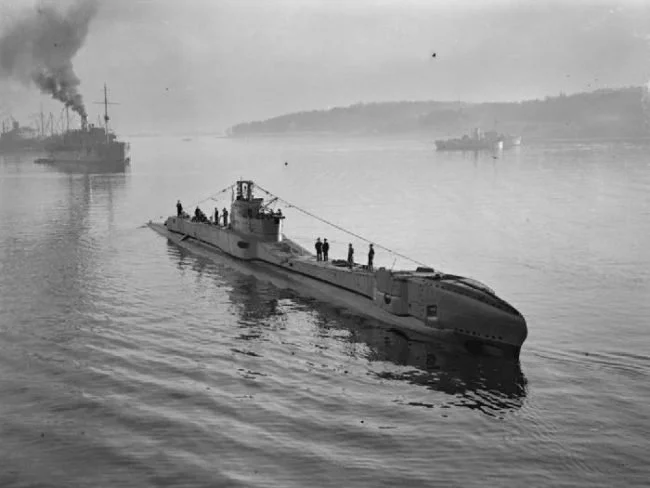The Battle of the Atlantic: The Ocean War That Decided the Fate of Europe
When we think of World War Two, it’s often the land battles that come to mind — Normandy, Stalingrad, El Alamein. But behind every one of those victories was a hidden struggle fought on the waves: The Battle of the Atlantic.
It was the longest continuous military campaign of the war, lasting from 1939 to 1945, and its outcome determined whether Britain would survive — or starve.
After the fall of France in 1940, Britain stood alone against Nazi Germany. The island nation depended on vital supplies — food, fuel, weapons, and raw materials — coming from North America and the Empire.
Every ship that crossed the Atlantic carried hope, but also faced mortal danger. German U-boats (submarines) hunted in “wolf packs,” seeking to choke off Britain’s lifeline.
Admiral Karl Dönitz, commander of the U-boat fleet, called it the “tonnage war” — sink more than the Allies could build.
Early in the war, the German U-boats seemed unstoppable. Operating from bases in occupied France, they slipped into the cold Atlantic, stalking merchant convoys under cover of darkness.
Entire ships vanished beneath the waves — sometimes without a single distress signal.
By 1941, losses were staggering. The Allies were losing ships faster than they could replace them. Britain’s supplies were running dangerously low; rationing became ever tighter.
Winston Churchill would later admit:
“The only thing that ever really frightened me during the war was the U-boat peril.”
But the Allies adapted. Convoys became more organised, protected by destroyers, corvettes, and aircraft. The invention of radar, sonar (ASDIC), and improved depth charges turned the tide.
The cracking of German Enigma codes by Bletchley Park was another turning point — allowing convoys to avoid ambushes and track U-boats before they struck.
American entry into the war in 1941 added enormous industrial and naval power to the fight. The Liberty ships — quickly built merchant vessels — began crossing the ocean in vast numbers, replacing losses faster than the Germans could sink them.
By mid-1943, the balance shifted decisively. Long-range aircraft, like the B-24 Liberator, closed the “Atlantic gap” — the mid-ocean area where ships once had no air cover.
New technology, tactics, and sheer Allied persistence finally overwhelmed the U-boat threat.
The hunters became the hunted. U-boat losses soared, and by 1944, Germany could no longer challenge Allied control of the Atlantic.
When victory in Europe came in 1945, the Atlantic sea lanes were open — but at a terrible cost.
Over 3,500 merchant ships and 175 warships were lost, along with around 30,000 Allied sailors. The Germans fared no better — losing nearly 750 U-boats and over 28,000 submariners, one of the highest casualty rates of the war.
The Battle of the Atlantic was not fought for glory, but for survival. Without it, D-Day would never have been possible, and Europe might have remained in darkness for generations.
The Battle of the Atlantic proved that wars aren’t won on land alone. They’re sustained by courage, innovation, and the quiet determination of those who fought unseen beneath the waves.
Every convoy that made it through was a victory.
Every sailor lost was a reminder of the price of freedom carried across the sea.


